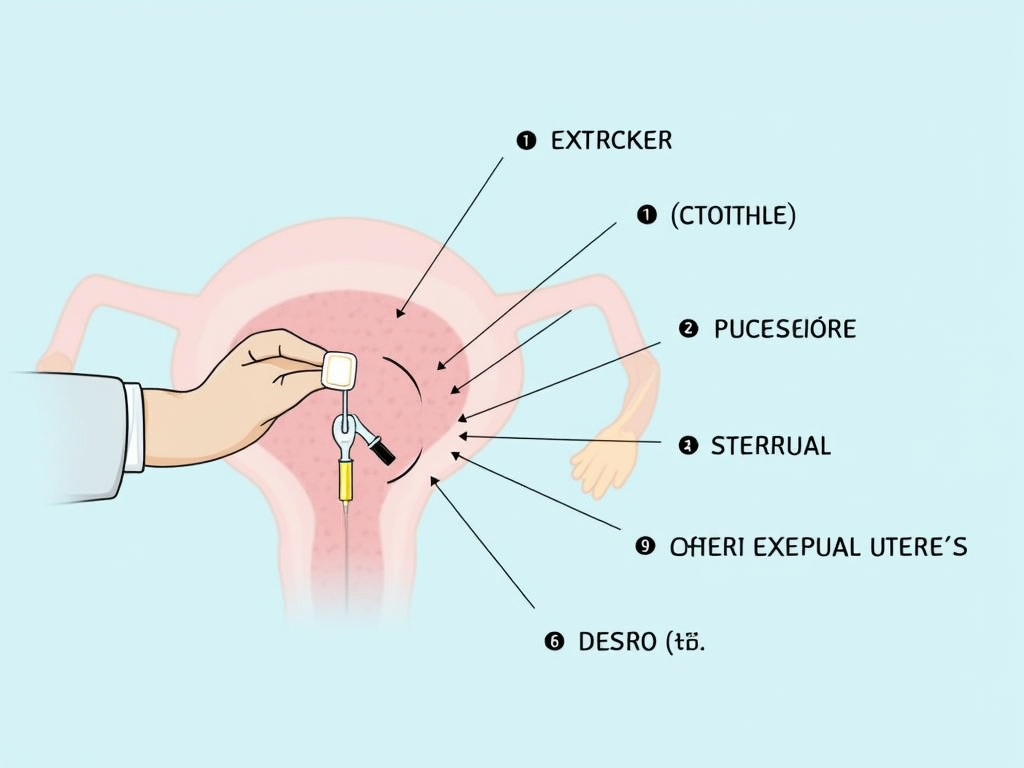Understanding Fertility Treatments: What to Expect
May 9, 2025, 7:22 a.m.
Overview
Fertility treatments offer hope to those dreaming of parenthood. These medical options, from pills to advanced procedures, help people conceive. Knowing what lies ahead can ease worries and guide your choices.
Introduction to Fertility Treatments
Facing challenges in starting a family can feel overwhelming. Thankfully, fertility treatments provide solutions for many. These methods assist people struggling with infertility—trouble getting pregnant after a year of trying. Whether you're a couple, a single person, or in a same-sex partnership, these treatments adapt to your needs.
Getting ready is key. Start by finding a trusted fertility clinic. Ask your doctor about success rates and costs. During your first visit, expect tests and honest talks about your options.

Fertility Drugs: What You Need to Know
Fertility drugs are often the first step. These pills or shots help your body release eggs or balance hormones. Clomid and gonadotropins are common examples. They’re simple to use but can bring side effects like hot flashes or bloating.
Many patients notice mood swings too. One person shared, 'The hormones hit me hard—I cried over small things but stayed focused on the goal.' Success depends on your body, but these drugs work for many.
Intrauterine Insemination (IUI)
IUI is a straightforward option. Doctors place sperm directly into the uterus using a thin tube. It’s timed with ovulation—when an egg is ready. The process takes minutes and feels like a routine exam.
Expect mild cramping afterward. Success rates hover around 10-20% per try, higher if paired with fertility drugs. It’s less intense than other methods, making it a popular choice.

In Vitro Fertilization (IVF)
IVF is a well-known treatment. It starts with shots to grow multiple eggs. Next, doctors retrieve those eggs with a small needle. In a lab, they mix eggs with sperm. After a few days, a healthy embryo goes back into the uterus.
It’s a big commitment—about a month per cycle. Side effects include tiredness and swelling. Success rates vary: around 30% for women under 35, per the CDC. Emotionally, it’s a rollercoaster, but the payoff can be life-changing.

Other Options: Assisted Reproductive Technologies
Beyond IVF, there are more paths. Egg donation helps if your eggs need support. Sperm donation aids male infertility. Surrogacy involves another person carrying the baby. Each option has its own steps and emotions.
These choices suit unique situations. Talk to your doctor to find the best fit. They’re less common but open doors for many.
Balancing Lifestyle and Fertility: A Guide
Your daily habits matter during fertility treatments. Eating well boosts your chances—think fruits, veggies, and whole grains. Exercise keeps you strong, but don’t overdo it; 30 minutes most days is plenty.
Stress can hurt fertility, so try yoga or deep breathing. Skip smoking and cut back on alcohol. Small changes add up, giving your body a solid foundation.

Managing Emotional Well-being
Fertility drugs and emotional well-being go hand in hand. Hormones can make you feel up and down. It’s normal to feel hopeful one day and stressed the next. One patient said, 'I learned to ride the waves and lean on my partner.'
Build a support system. Friends, family, or groups like Resolve (resolve.org) can lift you up. If it’s too much, a counselor can help you cope.

Common Questions Answered
Wondering about myths? No, treatments don’t always mean twins—doctors often transfer one embryo now. How long does IVF take? About four to six weeks. Costs vary, so ask your clinic upfront.
Preparation tips: Write down questions, track your cycle, and stay patient. Knowledge keeps you in control.
Conclusion
Fertility treatments can feel daunting, but they’re a path to hope. From fertility drugs to IVF, each step has its challenges and rewards. Balance your lifestyle, care for your emotions, and lean on support. You’re not alone—millions have walked this road and found success.